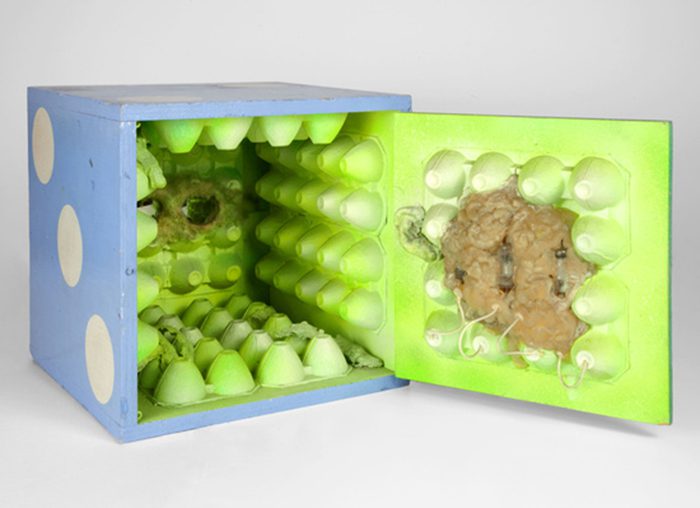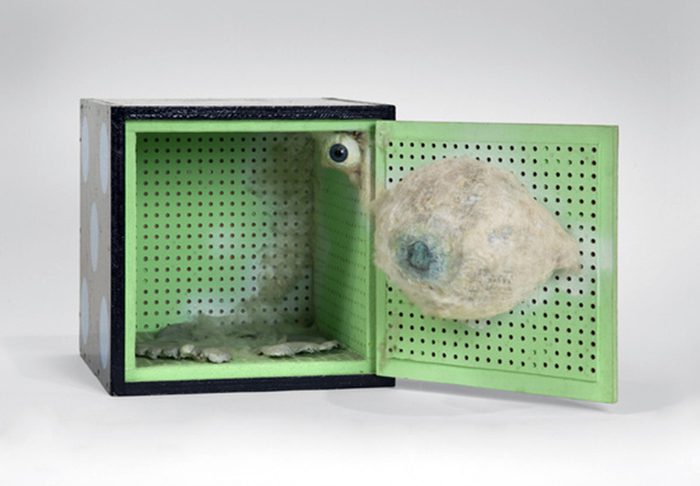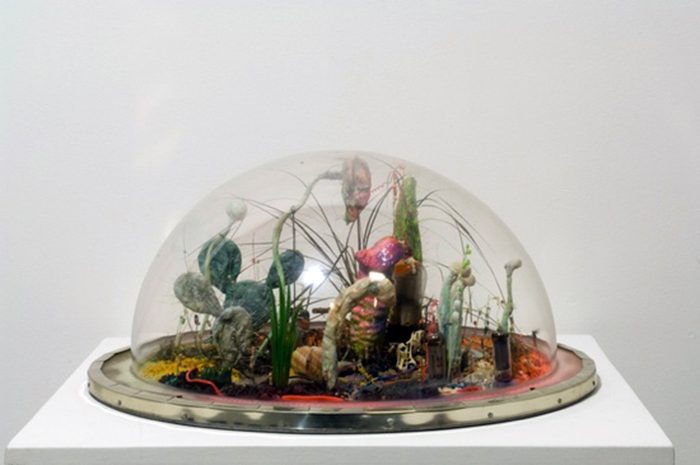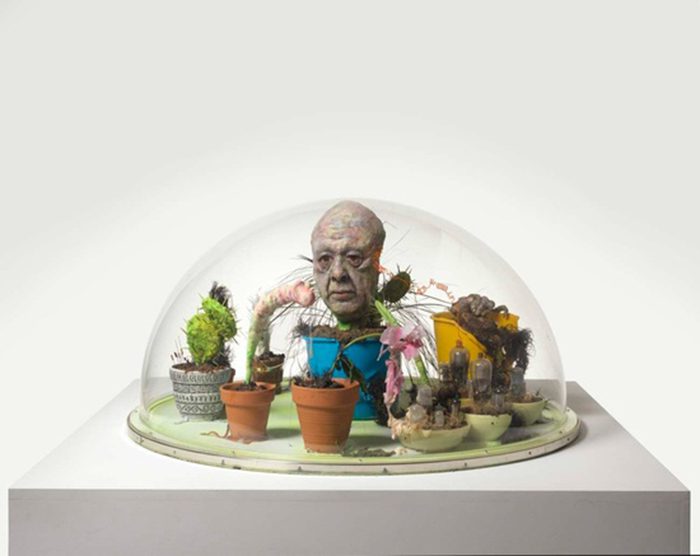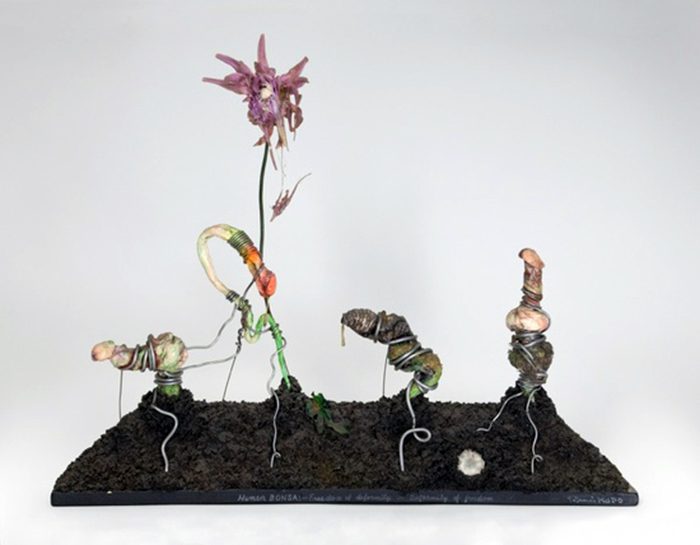ART-PRESENTATION: Tetsumi Kudo
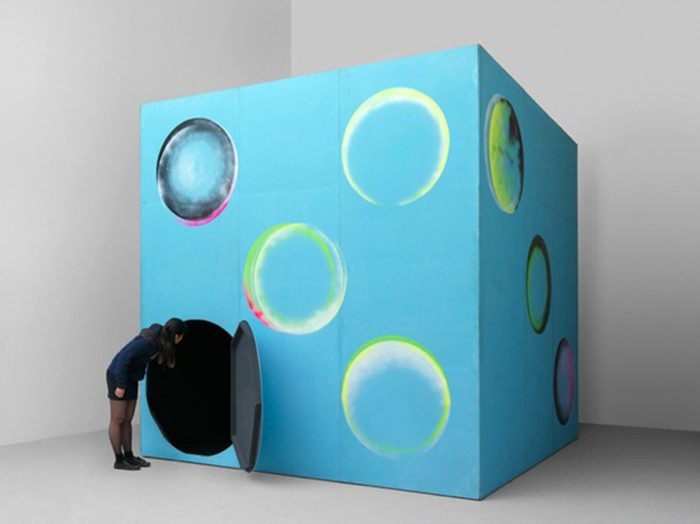 Tetsumi Kudo throughout his life and career remained an eccentric and enigmatic figure in postwar art. He remained particularly Japanese, while his art and vision were consistently and uniquely transcultural and international. Deeply concerned with the fate of humanity in the wake of nuclear attacks on his native land, Kudo sought to develop a universal humanist language of creativity and regeneration until his untimely death in 1990.
Tetsumi Kudo throughout his life and career remained an eccentric and enigmatic figure in postwar art. He remained particularly Japanese, while his art and vision were consistently and uniquely transcultural and international. Deeply concerned with the fate of humanity in the wake of nuclear attacks on his native land, Kudo sought to develop a universal humanist language of creativity and regeneration until his untimely death in 1990.
By Efi Michalarou
Photo: Hauser & Wirth Archive
Tetsumi Kudo was a rare artist who bridged many disparate artistic tendencies in the 2nd half of the 20th Century, including Nouveau Realisme, international Fluxus, Pop Art, the late ‘50s Anti-Art tendencies, and the ‘80s Japanese Postmodernism, without specifically belonging to any of them. Relocating to Paris in 1962, Kudo gained recognition for his Happenings, but this exposure to the European intellectual scene also intensified his aversion to the modern agenda. This manifested in the biomorphic sculptures and assemblages that Kudo produced from 1963, in which he sought to expose the limitations of the modernist and humanist values that defined the post-war era. Hauser & Wirth present for first time present an exhibition with his works in Switzerland. The exhibition presents a selection of work dating from the first 10 years that Kudo spent in Paris (1963-72). The seminal, room-size installation “Garden of the Metamorphosis in the Space Capsule” (1968) forms the exhibition’s focal point and is shown alongside examples from his cube and dome series. “Garden of the Metamorphosis in the Space Capsule” is a dice enlarged to over 3.5 square metres, with a small circular door allowing the viewer to climb into the dark interior lit with UV light. The elements within fluoresce in black light, molten cotton skin, penises and silhouettes of body parts litter the floor beneath giant artificial flower stems and a lurid green sign reads “For nostalgic purpose”. Kudo’s dome works appear as futuristic terrariums, perspex spheres fed by circuit boards or batteries house artificial plant life, soil, and radioactive detritus. His use of acrid greens and yellows suggest a highly polluted environment. What is being cultivated in these mini eco-systems is a grotesque fusion of the biological and mechanical. That it is decomposing is illustrative of Kudo’s feeling that with the pollution of nature comes the decomposition of humanity. In his cube series, small boxes contain decaying cocoons and shells revealing half-living forms that merge with man-made items. The mutations are unnatural and impotent, a product of a post-apocalyptic world in which the synthetic triumphs over nature. The cube exteriors are painted as die, a nod to the idea that it is the random forces beyond our control that dictate life, rather than individual agency as western philosophy teaches.
Info: Hauser & Wirth, Limmatstrasse 270, Zurich, Duration: 4/12/15-26/2/16, Days & Hours: Mon-Fri 11:00-18:00, Sat: 11:00-17:00, www.hauserwirth.com
